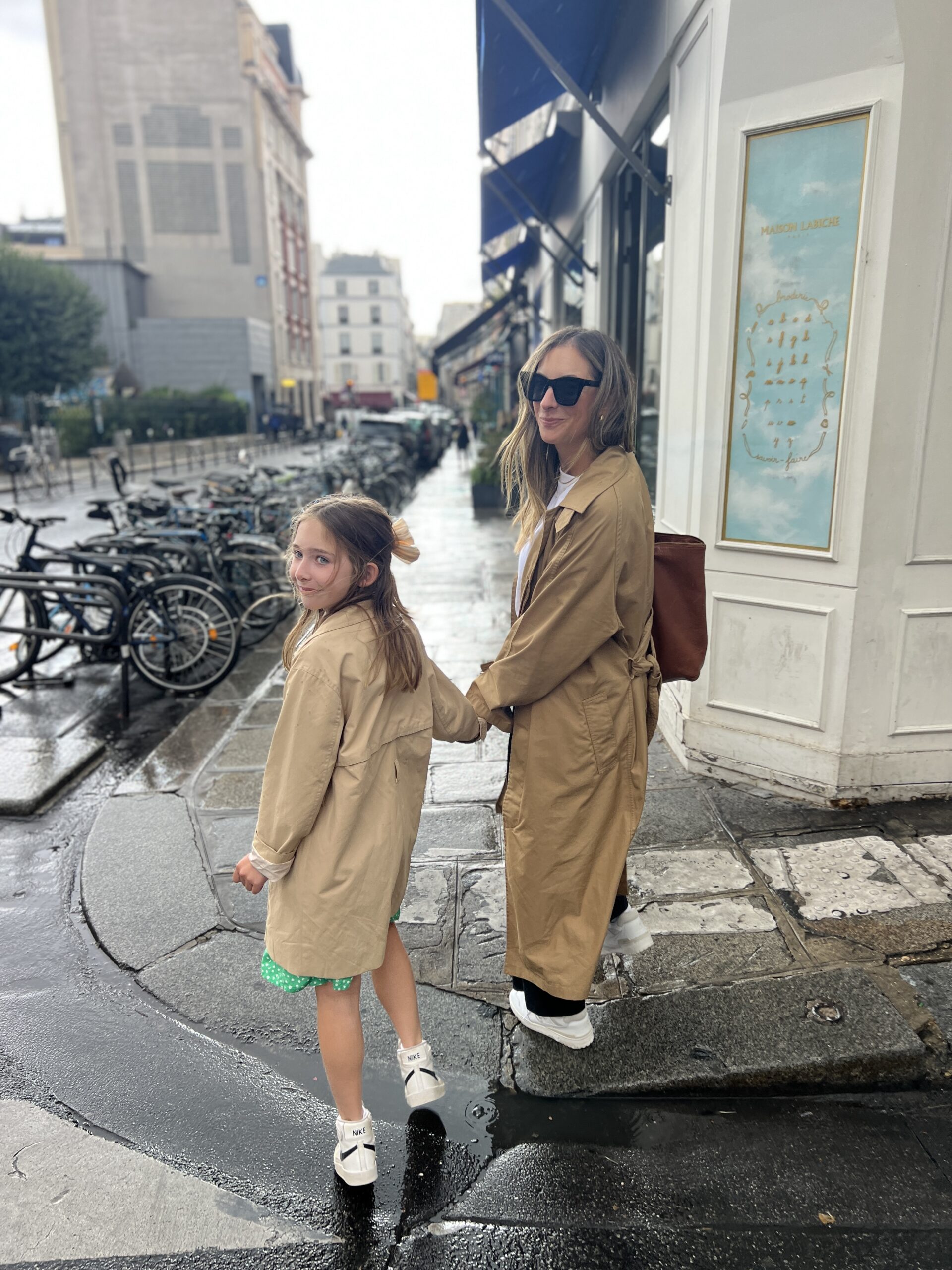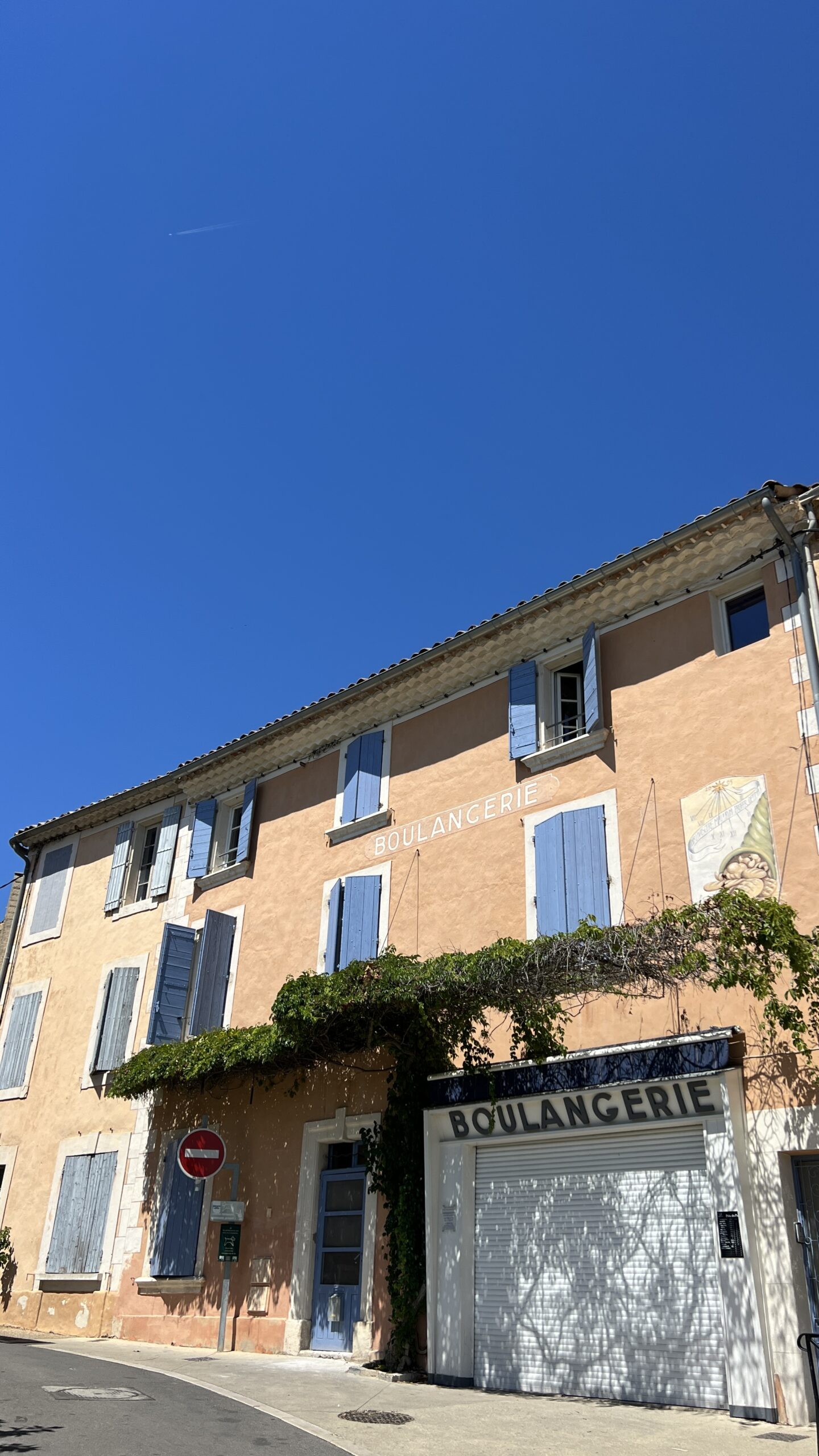
When I wrote this post about my recent trip to Japan, it wound up being an itinerary rather than revealing major takeaways from exploring the country and interacting with its wonderful people. I was flooded with questions in my DMs (“What area did you stay in?” “How was the language barrier?” “Any tips for someone heading there in a few months?”) and one post simply wasn’t enough to answer them all.
Beyond the delicious food and engaging attractions, I picked up some useful information that I would have loved to know before my trip—and I wanted to share them in the hopes that they inform and inspire any potential future trip of yours. Here are a few things to expect if you travel to Japan:
Electricity: Before any major trip, I’m always curious about the outlet situation (especially if I’m staying in an Airbnb, where there may not be converters or adapters). Luckily, we found that Japan’s electric outlets most resemble North America’s, as they use the 100 Volt (two pins). In the US, we have the 120 V, so some electronics adapt easily (aka my Mac charger and iPhone charger worked without an issue). But if you’re bringing any hot hair tools, be careful. I had a hair straightener incident when I was abroad (I was using it as the outlet blew and was left with a fried and crimped piece of hair until it grew out–not cute), so I specifically bought a curling iron that works internationally, and only bring that when traveling.
Communication and etiquette: Justin and I didn’t have too much trouble communicating while we were in Japan. Since neither of us speak Japanese, we noted some key phrases and kept them handy while walking around the city (konnichiwa is hello, arigato is thank you, sumimasen is excuse me, onegaishimasu is please). When we were in a bind, we pulled up Google Translate to help, which we found to be extraordinarily useful. It’s also customary to bow when greeting, thanking, apologizing and saying goodbye to someone, which I would recommend as it’s seen as a sign of respect. It was all pretty humbling, and he and I had multiple conversations across the course of the trip about how incredibly powerful nonverbal communication can be and how far it can get you!
Transportation: We were warned that taxis and Ubers are wildly expensive in Japan, and that the subway and buses were the most efficient way to travel. When we landed at Haneda Airport, we each purchased a $50 PASMO (their metro card) which got us through our six day trip (and worked for both Tokyo and Kyoto trains!). The subway is extremely manageable, reliable, and navigable (Google Maps accurately tells you the exact time the train will arrive and which specific car to get on for the easiest exit!), and we only took one taxi throughout our entire trip. If you’re traveling between major cities, the bullet train is extremely efficient, relatively inexpensive, and runs very frequently (we missed our train to Kyoto and got on another 15 minutes later). As for transportation by foot, always walk and stay on the left side of the street.
Accommodations: After a slightly traumatizing experience while staying in an Airbnb in Portugal (Justin had to be rushed to the hospital by an ambulance, all without knowing more than two words in Portuguese), my general rule of thumb as a traveler is that I prefer to stay at a hotel in cities where I don’t speak the language. This was especially useful in Japan, because the hotel can make reservations for you that you may not be able to snag otherwise (the Shima steak sandwich being our most important example). They also had umbrellas at the ready since we visited during Japan’s rainy season. We stayed in Shibuya, which I would highly recommend. It has a high concentration of esteemed restaurants, boutiques and cafés—plus, it gives you easy access to one of the main transportation hubs in the city.
Transactions: Along with our PASMO card, we also took out cash at the beginning of the trip and thank goodness we did. We found more places than we expected to be cash only – specifically the coffee shops I visited. Some of the major attractions also preferred cash as it helped make lines move quickly.
Currency: Familiarize yourself with your conversion rate to the yen (depending on where you’re from) before you arrive. At the time of our trip, the exchange rate was $1 JPY to $.0093 USD—which meant we estimated prices by dividing the JPY amount by 100 to get the USD value.
Shopping: If you plan on doing any shopping in Japan, bring your passport! There’s a consumption tax of 8% on most goods, and you can shop tax-free if you spend more than $5000 JPY (or just over $46 USD). In my experience, store employees stapled my receipts to my passport, and all I had to do was present it to the customs officer at the airport and I was all set. When trying on clothing, you’ll be asked to remove your shoes and, as a woman, you may be asked to wear a face cover to protect the clothes from your makeup. (Honestly, this is brilliant and I wish we did it in the States!)
Store hours: I was up and ready to start exploring by 8 AM our first morning, but realized that the city gets a later start than LA. Many coffee shops, restaurants, and boutiques don’t open until later than expected (we’re spoiled in the US!), so be sure to check the hours before heading somewhere new.
Other helpful tips: There’s no tipping in Japan, and it’s seen as unmannerly to eat while you walk. There are also few trash cans on the streets, so it’s recommended that you carry any trash with you until you come across one. Overall, we found the people to be friendly, respectful, and orderly—and they were quick to help whenever we needed any!





